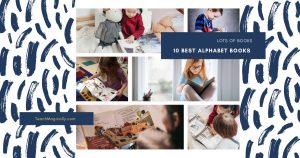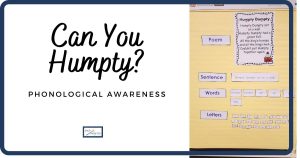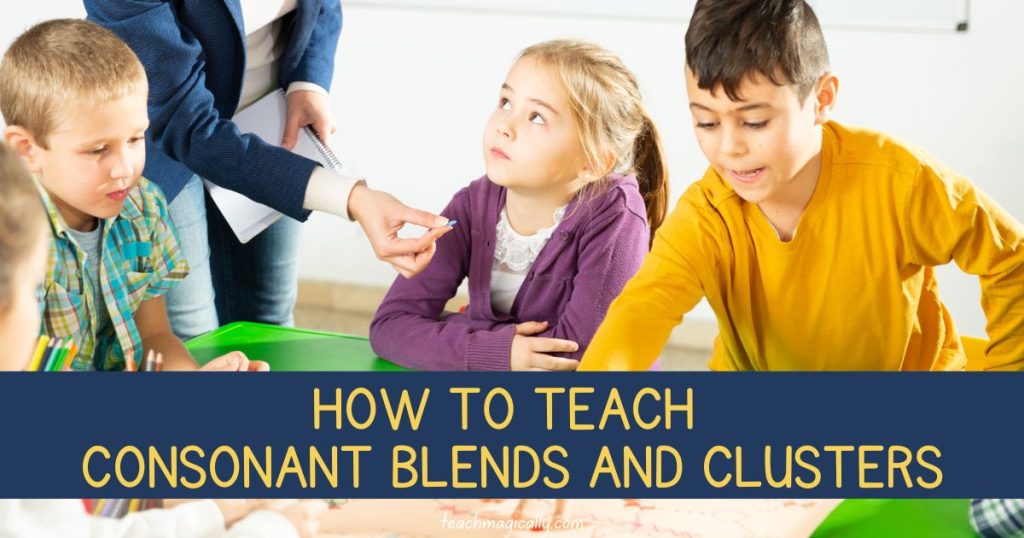
Deciding when and how to teach consonant blends and clusters can be difficult with all the different reading levels in a classroom. Focusing on phonological awareness and segmenting phonemes will help make teaching consonant clusters and blends easy.
Once students have learned the difficult task of spelling cvc words, you might need to practice with consonant clusters and blends.
📌THIS IMAGE FOR LATER
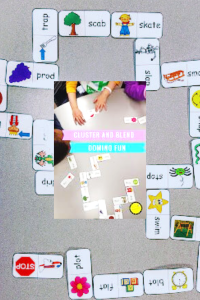
When should you teach consonant clusters and blends?
It starts at about a level E (1st grade) if you use F&P but focus on discussions of consonant clusters and blends when it happens naturally in writing. Yep, observation of what the students are doing independently in their writing helps me make the decision of when to focus on blends.
Because teaching kiddos to really focus on segmenting individual sounds in words, the teaching of consonant blends happens easily. Don’t waste precious teaching time teaching each consonant clusters and blend separately. Use successive blending and sound boxes for segmenting.
What are consonant clusters? And how do they differ from blends?
Consonant clusters is the name given to two or three consonants that appear together in a word. Each consonant retains its sound when blended.
The term cluster refers to the written form, and the term blend refers to the spoken form. So you can combine phonics and phonemic awareness seamlessly!
What’s a Fun Way to Teach Consonant Clusters and Blends?
By playing Cluster Blend Dominoes …kids teaching kids is always the best.

1. Deal out the cards evenly.
2. Find go read the word with the cluster, frog.
3. Find the picture blend that matches, fries.
4. Segment the word fries. /f/ /r/ /i/ /s/
5. Tell other words that start with the focus blend (fr).
6. Read the word with the next cluster and continue until you reach the stop sign.
It really works the brain; it’s so much harder than looking for a matching picture.
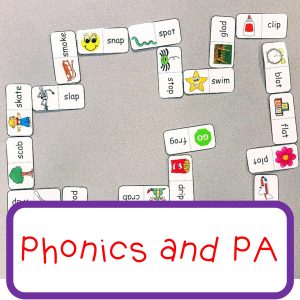

Consonant clusters consist of four major categories:
- r-blends: br, cr, dr, fr, gr, pr, tr
- s-blends: sc, sk, sl, sm, sn, sp, st, sw,
- l-blends: bl, cl, fl, gl, pl
- 3 letter blends: str, spr, thr, chr, phr, shr
- Ending blends: ct, ft, ld, lp, lt, mp, nd, nk, nt, pt, rd, rk, sk, sp, st
Are they digraphs?
These differ from consonant digraphs. Digraphs consist of two consonants that when blended make one sound: sh, ch, th, wh, ph, gh, ng, but each letter in a consonant cluster represents a separate sound.
Therefore, clusters with 2 letters make 2 sounds and 3-letter clusters make 3 sounds.
Exceptions When Teaching Consonant Clusters or Blends:
- The consonant blend sc can stand for the /sk/ sound as in scare or the /c/ can be silent as in science.
- Also, the consonant cluster ck represents one sound – /k/ but many people call it a digraph, 2 letters that make 1 sound.
Most other consonant clusters will almost always stand for the blended sound of each consonant, which makes them very reliable when writing.
Teach Magically,
Debora


